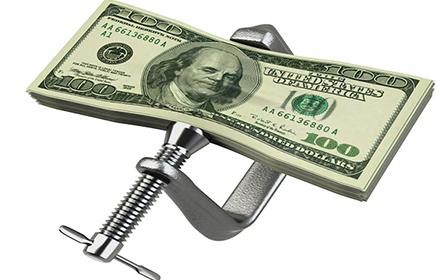Getting Out Of Debt And Into Financial Independence
Posted by : Premraj | Posted on : Monday, October 2, 2017

A Rampant Issue
Australia has deeper debt than the United States. Did you know the average Australian household is on the hook for about $250,000, while the average American household is in debt over $130,000? That’s a lot of money in either scenario! You want to escape debt if at all possible. You may be under or over either average. Well, you can still be debt free, it’s just going to require educating and disciplining yourself.
Financial planning is essential to achieving personal autonomy and using debt to your advantage. It turns out there is such a thing as good and bad debt, just like there’s good and bad stress. Good stress is working out regularly in a healthy way. Bad stress is walking head-first into a door and injuring yourself. Good debt is borrowing money for a result that yields financial increase. Bad debt is borrowing money that doesn’t increase your financial status, and actually makes you less wealthy.
An example of good debt would be college loans, or the investment in a home. Bad debt would be that sustained from gambling, extensive credit card spending, or collateral expenses deriving from unavoidable circumstances like injury. Thankfully, there are ways to overcome negative finances like debt.
If you’re looking for a debt solution which has been designed to specifically address your financial situation, click here and you can peruse DebtBusters.com.au advice on easing debt; according to the site: “…our team will build a detailed picture of your unique financial situation and offer a tailored solution that best matches your needs.”
The Residential Route
One known path to financial independence involves fully owning and dispensing with the asset of a home. This is often accomplished through home loans, and a site worth exploring in this regard is MyWealthSolutions.com.au; according to the site: “…thanks to our unique relationship with major Australian banks, we can provide you with terms you can’t find anywhere else.”
A home can also keep you permanently submerged in debt waters; you need to understand things like interest rates and mortgages in order to make this work for you. For example, a $160k home can take 30 years to pay off with a 3.5% interest rate compounded annually, and a monthly payment of around $718. By the end of that time, you’ll have paid over $250,000 on the property, over $90,000 of which being interest. You can explore this relationship on this interest calculator.
The key here is to pay as much as possible against that mortgage. To do that, you want to down-size your regular expenses. Going forward, we’re going to look at your mortgage as a placeholder for all debt in general.
What do you make a year? Let’s assume you’re pulling in $30k. To get rid of that $160k “debt” or “mortgage”, being able to pay $30k a year would cut the expense in six years’ time, including interest—you’d likely even have a few months to spare.
Obviously it’s not possible for you to spend all your paycheck on rent, mortgage, or debt. However, you can consolidate expenses such that you pay more per month than you would otherwise be able to. $30k a year is $2,500 a month, $1,800 of which you may be bale to hold onto after taxes.
Also, you could take out a loan halfway through your mortgage to pay off the rest, own the home, sell the home to pay off the loan, and then have a substantial sum to either put down on a smaller house, or get rid of debt separate from a mortgage.
You Can Do It
Cut out fast food and expensive coffees, diminish what you spend in petrol, find free ways to entertain yourself, prepare your own meals, cut as many creature comforts as you can, and spend nothing beyond your baseline budget except in the event of emergency.
Finally, consult a financial services agency for more advice on your specific situation. There are debt relief solutions out there. They may be difficult for a time, but if you’re diligent, you can reduce your debt.
 SU
SU REDDIT
REDDIT







